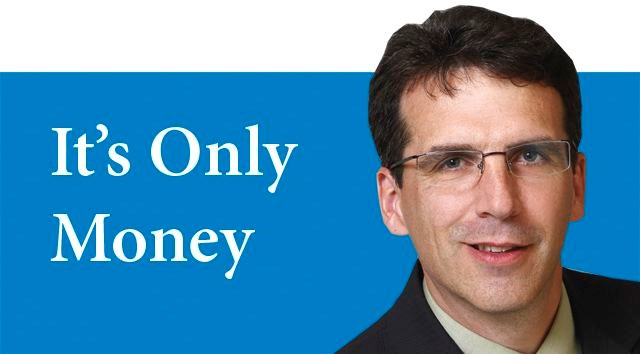Christmas in Grade 1 was very Charlie-Brownish for me.
For one thing, we had snow. We didn't often get that in the Vancouver area, so it was very exciting, sticky and wet as it was, to have the stuff of Frosty's girth covering the gravel playground at my elementary school. As pliable as plasticine, the thick blanket of fluffy, cold goop was better than any toy could ever be.
But even more than the white Christmas, it was the whole Christmassy atmosphere of school that did it for me. The songs, the treats, and even the smell of white glue triggered a strange fond gurgling.
I don't recall what goofy little creations I made for my mom at school, but something about Lepage's just made me drool a little. Maybe it was the fact that we were so frugal that my mom used to make fake glue for me to play with out of flour and water, which was kind of yummy.
She said it was the same as the stuff in the store-bought bottles (liar), so when I had the real thing at school I thought I might have a little taste. Not bad. Add in a little green and red construction paper, and hmmm. A nice light snack.
And don't tell me you never tried it.
Okay, that's weird.
But alas, the year-ends just keep coming. It's freaky, how fast they roll over now, but I guess it would be freakier if they stopped.
Our annual touch on some year-end personal tax planning strategies is back for a glance or two.
Personal year-end tax planning for 2016
Tax loss selling
Review your portfolio to determine if any investments are in a loss position and no longer meet your objectives. Consider all costs, before selling solely for the tax loss.
Transactions must be initiated by Dec. 23, 2016 for Canadian securities and by Dec. 27, 2016 for U.S. But these dates are dangerously close to holidays. Don't wait until then.
Carry forward or carry back of capital losses
Once the capital gains of the current year have been offset, the balance of the loss can be either carried back three years or carried forward indefinitely.
Superficial loss rules
Be aware of the superficial loss rules, triggered when a security is sold for a loss and the identical property is acquired or re-acquired during the 30 days before the disposition and ending 30 days after the disposition; and at the end of the above period, you still hold the identical property.
The rules also apply if it is reacquired in any account by an affiliated person (personal or corporate) during the time period described above.
Capital gains deferral
You may want to defer realizing capital gains until next year if your marginal tax rate is expected to be lower in 2017 compared to 2016. As always, investment merits usually matter more than the tax benefit, so be thoughtful.
Year-end bonus planning
Also consider deferring the receipt of any bonus (if your employer permits) to early 2017 if you expect to be in a lower tax bracket next year.
Charitable donations
Making a charitable donation can significantly reduce personal tax, but more importantly, do it because the charity is deserving of support from your surplus.
RRSP contributions
You have until March 1, 2017 to make a contribution to your RRSP, or a spousal RRSP, and deduct the amount on your 2016 tax return. However, the sooner the better in order to benefit from extra time compounding tax-sheltered growth.
Tax shelters
Many high-income earners will consider purchasing a tax shelter such as limited partnership units or flow-through shares before year-end in order to receive more tax deductions. Be careful to look at the investment potential of the tax shelter and not just the initial tax savings.
Interest on family loans
If you set up a spousal loan, or fund a family trust with a prescribed rate loan, pay the interest owing by Jan. 30, 2017.
However, by paying the interest before Dec. 31, 2016, the borrower will be able to claim a deduction on their 2016 tax return. Paying the interest before year-end will also result in an income inclusion for the lender for 2016.
Year-end expenses
On your personal income tax return you can only deduct what you paid in the year.
Pay all investment management fees, tuition fees, deductible accounting and legal fees, childcare expenses, alimony, medical expenses and any business expenses (if deductible on your personal tax return) by year-end to deduct them in 2016.
The information in this article is not intended to provide individualized legal or tax advice.
Mark Ryan is an advisor in Prince George with RBC Wealth Management, Dominion Securities (member CIPF) and can be reached at [email protected].



